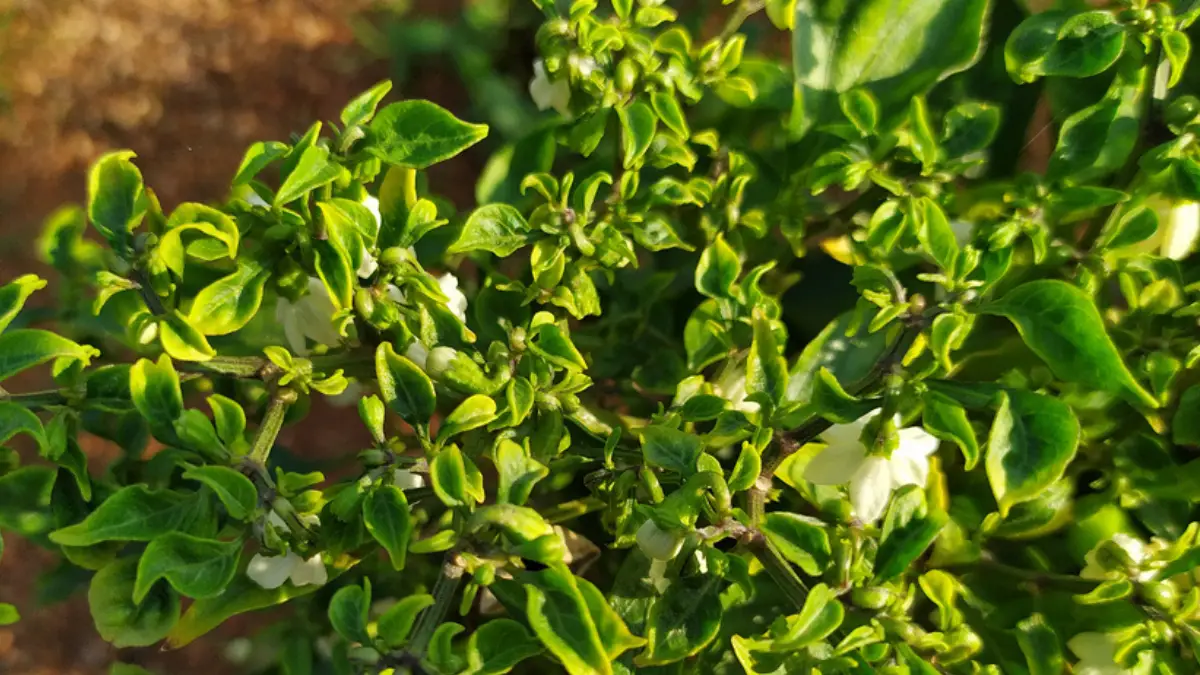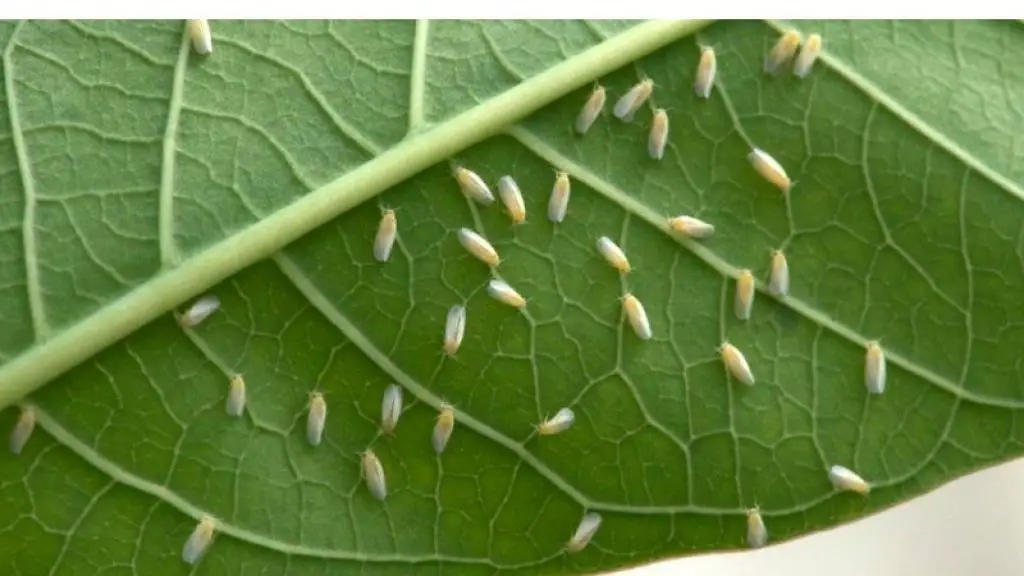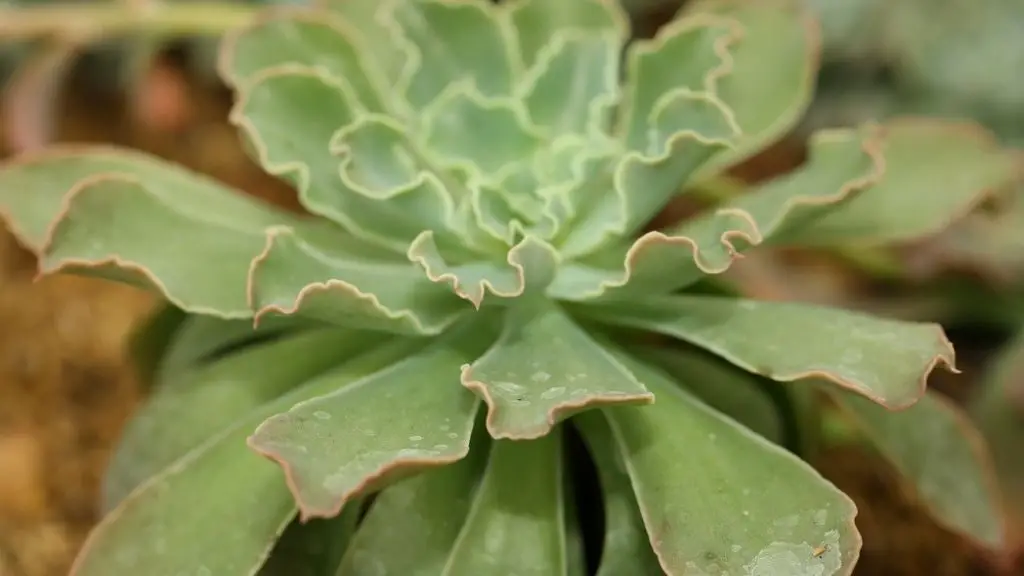Plant Leaves Curling Upwards: Check Out its Causes and Cure!

Are you facing the issue of Plant Leaves curling upwards? Well, you are not alone in dealing with this problem. Imagine spending a massive sum of money on your plants which end up with curled leaves. It will hurt, we know. But you can prevent it from happening If you know its cause. This is where we are giving you good news!
In this article, we are providing you with all the reasons and remedies for leaves curling. So, read every word of this article and know how to deal with this problem.
What Causes Plant Leaves to Curl Up
Do you know: Leaves curling can negatively impact your plant fruits and overall appearance. But what Causes of Leaves Curling Upwards in Plants?
Due to some stress, plant leaves start to curl. This is an indication that your plant is facing some sort of problem, and you have to deal with it immediately. If you are facing the curling problem, then this could be due to the following causes:
Pest Attack
Pest is the biggest reason for the leaf curling. But not all pests can cause it. Only sucking insects like Aphids, thrips, whitefly, etc., cause this effect on leaves. Let’s discuss Aphids first. Aphids are found on the tips and the underside of the leaves. When the aphids attack the leaves and suck sap, leaves curl upwards!
Now, the second common sucking insect is the Whitefly. It not only sucks cell sap but also transfers the virus into the plant (more on that later!).

Planted at an Inappropriate location
The positioning of your plant is also one of the reasons for leaf damage. For example, if your plant is growing where too much sunlight falls on it, then leaves curling inward or upward may occur. This too much light causes an increase in the photosynthesis rate. This excessive photosynthesis produces too much glucose (food).
Let’s create a perfect analogy. If you overeat food, you will face problems. Just like that, if plants form too much glucose, it will cause problems for them. These problems are the curling of leaves and the formation of smaller new leaves with brown tips.
Another example is that leaves curling may occur if there is too much heat near the plant. For example, If you have placed your plant pots near a machine that radiates or emits some sort of energy, such plants will face leaves yellowing and curling upwards. Why? Because excessive heat leads to an increase in evaporation. This water loss cause leaves to curl upward to conserve the water.
Watering more water in this condition will do no good. If you water plants in such an environment, it will evaporate. So, relocate the plant as quickly as possible.
Moreover, if you grow plants near weeds, this will get more problematic. To get rid of the weed, you could spray herbicide. This can cause chemical damage, leading to plant leaves curling up and dying later. So, the location of plants is also crucial to protect from curling.
Excessive Application of Water
Excessive application of water or over-watering is another reason for outdoor plant leaves curling up. When you overwater plants, the water stays longer near roots. This standing water cause root rot. If roots are affected, oxygen and nutrient uptake will also be affected. As a result, a deficiency will occur and leaves will curl.
Nutrient Deficiency
Nitrogen Deficiency is also the reason for outdoor plant leaves curling up and drying out in the end. Plants require Nitrogen the most to grow properly. Moreover, Nitrogen is also a key component of chlorophyll.
When there is a deficiency of Nitrogen, plants divert the available nitrogen to the newer leaves instead of the older leaves. Thus, this act of plant causes old leaves to curl upward, turn brown and then die!

Viruses
Most of the plants’ leaves curl due to the virus. Plants like tomato, pepper, sunflower, cotton, etc., all face leaves curling due to viruses. Whitefly is the common virus carrier among them.
How does this virus cause diseases? Read the next heading for this.
Tomato Teaves Curling Upwards
Leaves curling is a common problem in tomatoes. People ask, why are my tomato plant leaves curling upwards to know the reasons.
Tomato leaves curling upwards are caused by a virus-Tomato mosaic virus (TMV). Due to this virus, plants have small leaf growth, unpleasant coloring, and browning of fruit from the inside. On top of that, leaves start to curl as well.
Another virus tomatoes deal with is Tomato Yellow Leaf Curl Virus. It is caused by “the little devil” Whitefly. This virus was first identified in California in 2007. If the tomato is infected by it, it will exhibit stunted growth, blossom drop, no fruiting, leaves curling upwards and drying out.
There is no treatment to bring back a tomato from the viral infection. What you must do is remove the infected plant and burn it. Moreover, take precautionary measures like getting rid of weeds or another possible whitefly host (Brassica, peppers, etc).
You must also take some serious measures to get rid of whiteflies as they are the carriers. First, Biological control must be adopted. It means you must release ladybird beetle, big-eyed bugs, and other friendly insects which can control whiteflies.
If the situation gets out of control, then use chemical sprays. You can also purchase and grow Virus resistant tomato varieties.

Chilli Leaves Curling Upwards
Chilli is another plant that suffers from the curling of leaves. It is caused by the Chilli Leaves Curl virus. Want to guess the reason? Yep, it is whitefly again! Whitefly is the carrier of Begomovirus, which transmits it into the plant when it sucks cell sap. This virus causes:
- Yellowing and swelling of veins
- Reduced leaf size
- Shortening of petioles & internodes
- Older leaves become brittle as well
This leaves curling occurs mostly in the mid to late season in the field. In pots plants, it occurs mostly in the seedling or early vegetative growth stage.
Before this time, we have to take some measures. The first one is organic control which is also called biological control. In this, you use beneficial insects like ladybird beetles, big-eyed bugs, etc to get rid of whiteflies.
The other method is you use chemical sprays. But you have to use it wisely. For example, spray at the dawn and not when the sunrise completely. Why? Because at dawn, most of the whiteflies are out there looking for food. When the sun rises, they go in hiding on the underside of the leaves. So, this is what we mean by spraying smartly. Make sure you spray everywhere, especially the underside of the leaves.
You must be wondering which spray you should use? You can use Imidacloprid, Dinotefuran, and Lamba-Cyhalothrin. Lamba-Cyhalothrin is preferred in the seedling stage.
Pepper Leaves Curling Upwards
Pepper leaves curling upwards can occur due to the following reasons which we have discussed earlier. These are over-watering and insect pest attacks. In insect attacks, this time we have thrips, aphids, and spider mites as the biggest culprits. In addition to these two causes, there are two more reasons: Plant Edema, and Calcium Deficiency.
Plant Edema means irregular water retention by the plants. This may impact nutrient uptake (particularly calcium) and leaves yellowing and curling upwards may happen too.
Calcium deficiency means not enough calcium is there. Calcium is necessary for proper cell wall development. Without calcium, leaves won’t develop completely and will have curls. This is the connection between Calcium Deficiency and Leaves curling.
Monstera Leaves Curling Upwards
This may also be due to a variety of reasons. These are low humidity, overwatering, heat stress, and pest attack. It is attacked by thrips, mealybugs, spider mites, etc., which cause cells to lose their sap. Thus, leaves are curled upwards.
Some other plants face the same problem of leaves curling. These are Sunflower, pothos, geranium, basil, etc., all face the problem of leaves curling up and drying out. The reasons for these plants are more and less the same. These are overwatering, pest attack, and heat stress.
Whitefly loves multiple hosts. This 1.5mm long, waxy white-winged, pale yellow insect causes leaves to curl in numerous plants. The best control method of this is the use of whitefly attack (Virus) resistant varieties.
To know the best preventive methods and cure of leaves curling, then the next part is the most important for you.
Prevention and Cure of Plant Leaves Curling Upwards
You must be wondering, how do I stop my leaves from curling. You can prevent and cure this leaves curling by doing the following:
Let the plant-soil dry
Root rot is also a leading cause of leaves curling. It is caused by the application of excess water (over-watering). To prevent this from occurring, let your soil dry. Water your plants only when you see the top two inches of soil are dry. Also, make sure your pot has a drainage hole at the bottom so that excess water can flow out. Moreover, if you observe a root rot, cut that affected root part with scissors or a knife.
Provide better surroundings to your pant
By better surrounding, we mean that you must place plants where not too much light falls on them or not too much heat is released near them. If there is too much heat or light falling on plants, relocate them to a desirable place that is the more airy environment. If this is not possible, then do some arrangements to provide the shade at least.
Use of Insect Repellant Spray
You must keep control of the insect population. Use chemical insecticides to kill them quickly. Moreover, you can also use Neem oil spray, hydrogen peroxide spray, and other eco-friendly insecticides to get the job done.
The primary goal is to get rid of insects. You can also use sticky traps or other techniques for this purpose as well.
Curb the Nutrient Deficiency with Fertilizers
Nitrogen and Calcium are the two major nutrients that cause leaves to curl. Use both inorganic and organic fertilizers to control their deficiency. However, don’t add too many fertilizers as this will make the plants lush green. The greener the plant is, the more insects it will invite.
Use Virus-Resistant Varieties
We have discussed in detail how viruses are entered via whiteflies and impact plants. To prevent their attack, the best thing you can do is use virus-resistant varieties. These mostly include hairy varieties which can tolerate water and heat stress.
By doing all these steps, we are certain that you won’t see the problem of leaves curling again.
Wrapping Up
Many Farmers and gardeners face the problem of leaves curling upwards. This is caused by a plethora of reasons like overwatering, heat stress, excess light, viruses, and more. Tomatoes, peppers, chili, basil, sunflower, and a few other plants face the leaves curling in the upward direction. However, this can be mitigated if you adopt some precautionary measures.
We are sure that if you play a little smartly with precautions, you will not face any leaves curling problems again! If you have any queries, don’t forget to comment in the comment section down below.
FAQs
What does it mean when leaves curl up?
Leaves curl up means the plant is facing some sort of problem. This could be overwatering (Root Rot), excessive light, heat, virus infections, etc. Wrinkled leaves on plants mean there is something wrong that is happening to the plant.
What to do when leaves curl up?
A grower asks, how do I stop my leaves from curling. Well, he must immediately take some steps to mitigate the effects. These include chemical spray to get rid of insects, controlled irrigation, providing a better environment, and removal of the damaged plant parts.
What causes upward leaf curl?
Excessive light, heat stress, overwatering, viral infections, pest attacks cause plant leaves to curl up.
What deficiency causes the curling of leaves?
The deficiency of Nitrogen and Calcium causes the curling of the leaves. When there is nitrogen deficiency, the plant provides nutrients to younger leaves and old leaves start to turn yellow and curl upwards. If there is a calcium deficiency, cells are not developed properly in the leaves.
Related Topics:








